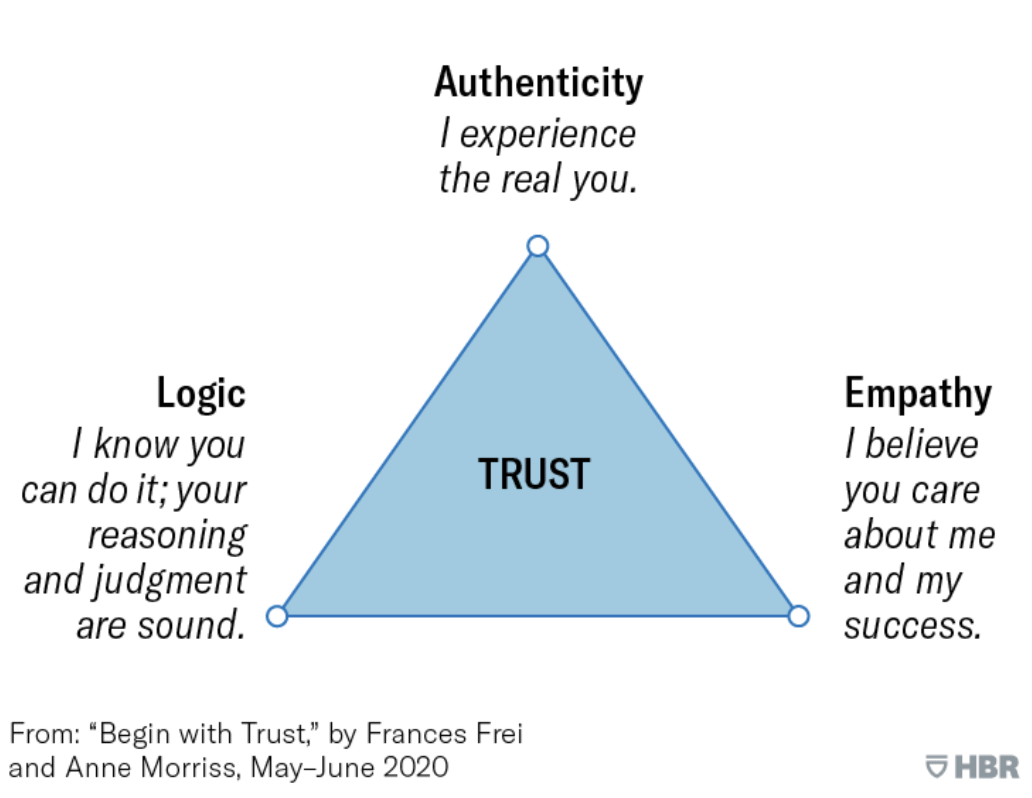“What is an interview?” Dr. Espinoza asked me. It felt like one of those questions that had a really obvious answer that I was not sure how to respond to. My brain immediately retrieved the textbook definition: “interviews are when a researcher has a one-on-one conversation with a research participant. It’s a data collection method commonly used….” He nudged me again “What’s an interview?” Dr. Manuel Espinoza was a scholar who had been studying human dignity and segregation in education for decades. After making it through a series of research courses and part of my dissertation research, I was feeling stuck. The data I had collected so far was fine, but it was not as deep as I was hoping. “What is an interview?,” Dr. Espinoza went on to explain “interviews are a series of stories, opinions, and perspectives. If you want to co-construct an interview, you better start talking.”
We rarely pause to reflect on the creation and evolution of research methods. It is far too easy to get caught in the logistics of taking notes and recording the interview that the essence - the significance - of the interview is lost in the mix. Using a human dignity framework is about honoring other people’s lived experiences and intelligence. Interviews are simply a way for us to exchange information. As researchers, we can facilitate meaningful change in the design or development of a product. However, the interviewee is an expert in their world. The fine balance and partnership of the researcher and research participant are what make this interaction meaningful.
Trust is the foundation of any qualitative research method. In order to get a richer understanding, it is imperative that research participants feel safe, respected, and valued. Frances Frei’s trust triangle is a useful framework in thinking about how to create trust. The trust triangle reveals that authenticity, logic, and empathy are all needed to create trust. Let’s dig deeper into each of these aspects and see how these can shift the dynamic of the interview.

Authenticity refers to the experience the interviewee has of you. The other piece that is critical to the foundation is sharing a part of ourselves in the process. It’s difficult to trust someone you know nothing about. This does not mean that you need to share any personal details or information. Sharing refers more to empathizing and recognizing the shared humanity than it is about sharing specific details about your life.
Empathy allows the interviewee to know that you can envision what they may be experiencing. The most important aspect is listening. Leaving lots of space for the interviewee to share their story and allow the conversation to flow where it needs to go. You may be wondering how you can get your questions answered if you let things flow. Influencing a conversation is different than directing a conversation.
The last aspect of the triangle is logic. Logic demonstrates that our reasoning is sound. This can be conveyed in how we interpret what the interviewee is sharing to how we talk about our research purpose and what we hope to learn from the conversation. Being upfront about the process is a way to build trust. Many times when we do this, research participants often offer to help in future stages of product design and development, because they can see our genuine approach to user-centered design.
You may be wondering what are some strategies you can use to create an interview that promotes trust and respect. Here are a few ideas:
-
Listen thoughtfully and respond meaningfully. Be sure to be present and engaged. Record the conversation so you can invest all your energy in engaging. Limit any distractions while you are conducting the interview. Sometimes having a fidget toy or scribbling notes/pictures can help us focus better. Do what you need to do to be the most present during this time.
-
Asking the right questions. Be sure not to ask leading questions. Leave things neutral and open so that the interviewee can lead the conversation where it needs to go. Also, think about how you want to analyze the data ahead of time so you can design the question accordingly. If you want to understand the values of a user, ask questions about the “ideal state” or a “wish list” of features and then use values coding to analyze the responses.
-
Leave a lot of space in the conversation. Oftentimes we want to fill in the silence, but the deep insights usually come after silent reflection. Silence gives participants a chance to reflect and follow their thoughts on the topic. Think of silence as being just as constructive as the times we are talking.
-
Honor the expertise of the user. Frequently, researchers will approach a conversation to get something from a user. The user has a wealth of experience, knowledge, and insights that can help us create more user-centered experiences. We want to learn from these stories so make sure they feel empowered as an expert of their own experience.
-
Use a concept map. Interview scripts are helpful in guiding a conversation, but can sometimes lead to structuring the conversation. Using a concept map during interviews can allow conversations to stay fluid and for the interviewer to adjust and pivot as needed in order to follow the interviewees’ lead.
